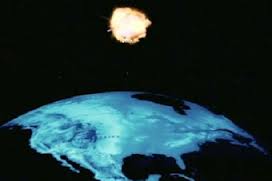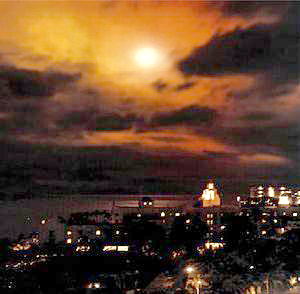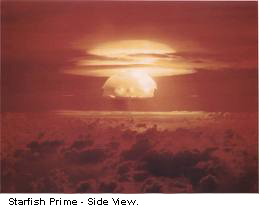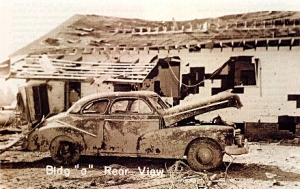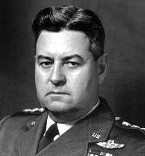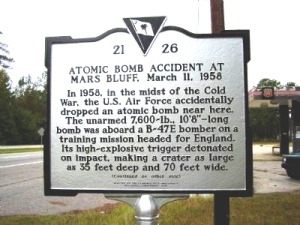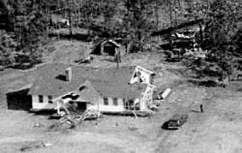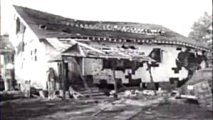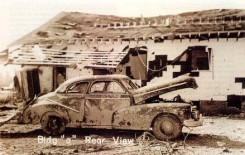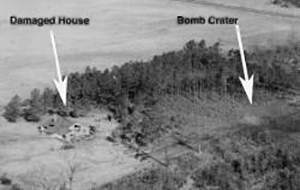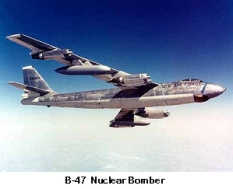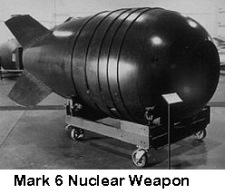Tales from the Nuclear Age
Copyright © 2014 by Charles Glassmire
___________________________________________________________________________
Jun. 7, 2014
What is EMP?
In the early 1960’s, after the Soviets abrogated a test moratorium, the United States began high altitude nuclear testing (one of which was code named Starfish Prime) to attempt to destroy any incoming ICBM’s. Some of these tests were unique for the detonation altitudes, being above 200 miles, and essentially triggering in space far above any existing atmosphere. The Starfish Prime test, surprisingly produced serious electrical blackouts in cities some 900 miles distant from the explosion. Luckily, in places like Hawaii, the rugged technology of the electric grid was rather ancient, thus subject to less damage, and was eventually repaired and restored to working order.
Scientists running the test were surprised by this consequence, and also noted many of their electrical test instruments were destroyed. The culprit was a large Electromagnetic Pulse (EMP) from the burst. This effect had been predicted early on by Enrico Fermi at the 1945 Alamogordo test, but awareness of the effect seemed to fade over the years, mostly because few tests were at high enough altitude to initiate an EMP. Additional high altitude tests were, later on, to shed light on the mechanisms generating this seldom seen effect.
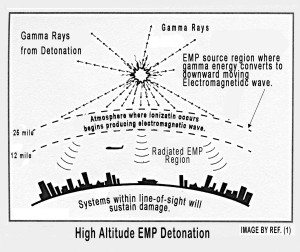 What causes this extremely damaging event? When a nuclear weapon is detonated at altitudes above the existing atmosphere, there is an immense burst of gamma radiation released at the moment of detonation.
What causes this extremely damaging event? When a nuclear weapon is detonated at altitudes above the existing atmosphere, there is an immense burst of gamma radiation released at the moment of detonation.
Gamma rays are electromagnetic waves similar to radio waves or visible light radiation, but more energetic. After burst, this wave of radiation hits the upper atmosphere with a huge impact, and has energy sufficient to knock off electrons from the air molecules, thus causing charged electrons to separate from the now positive atoms. This effect is simple ionization, but with an enormous energy content.
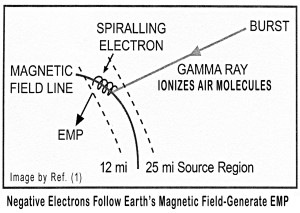 Now a large wave of negative electrons begins to follow the magnetic field lines of the earth, moving over the Earth’s surface while spiraling around the lines of the Earth magnetic field. This action generates an electromagnetic pulse (EMP) of very high intensity, headed for the surface and expanding outwards in a rapidly broadening wave.(1)
Now a large wave of negative electrons begins to follow the magnetic field lines of the earth, moving over the Earth’s surface while spiraling around the lines of the Earth magnetic field. This action generates an electromagnetic pulse (EMP) of very high intensity, headed for the surface and expanding outwards in a rapidly broadening wave.(1)
Ninety percent of the energy of this wave is contained in high frequencies, up to about 1 GigaHertz(1). This very short wavelength allows the pulse to couple easily with electrical systems, including computers, power supplies, semiconductors, alarm systems, banking computers and ATM circuits, intercom systems, life-support system controls, transistorized receivers and transmitters, power system controls, radio and communication links, microwave towers, long electrical lines used for power transmission, etc.(1)
When this pulse hits one of the above, it arrives with a very sharp rise time of only a few nanoseconds! This arrival time is so short that there is not time for any safeguard circuitry to close before the pulse couples in. It is likely that this arriving pulse will destroy any surge suppressors, opening the way for later stages of the pulse to couple into the now unprotected circuitry. E.g. this means that your PC surge suppressor cannot close quickly enough to provide any protection to your computer from an EMP attack.
The EMP propagates towards the Earth’s surface in a radially spreading wave, acting along a line of sight from the burst. Therefore, the higher the burst the greater land mass will be impacted and damaged. “The greatest threat is from a high-altitude EMP detonated at 25 to 250 miles above the Earth’s surface… if even a small 1 megaton weapon was detonated at 250 miles above [Kansas for instance] the resultant pulse could disrupt, disable, and damage electronics across most, if not all, of the continental United States(1)”.
But what about the backup generators? When electric power is lost, critical systems are often designed to automatically switch to local generators for their electric power. This will work as long as the generators are supplied with fuel, such as gasoline or diesel. However, these fuels ultimately must be supplied through the national network of supply trucks. These vehicles also deliver critical items such as food to the local supermarkets. The EMP will shut down most modern engines. They simply stop functioning. Older trucks, with sturdier ignition systems may continue to run but evidence is slim on this point. So – when the trucks stop the generators stop. And the food stops…
(To be continued…)
A monochrome YouTube video of the Starfish Prime event created by Joint Task Force Eight and DSWA, and some other shots in the Operation Fish Bowl series, is available. Note the interesting color effects which appear near the end of the sequence:
(http://youtube.com/watch?v=KZoic9vg1fw).
________________________________________________________
(1) “EMP Attacks and Solar Storms” (Disaster Preparedness for…) Expanded Edition, Dr. Arthur T. Bradley, available from Amazon.com, 2012, ISBN 9781478376651.
(2) “The Effects of Nuclear Weapons”, Dept. of the Army pamphlet No. 50-3, March 1977.
(3) “A ‘Quick Look’ at the Technical Results of Starfish Prime”, U.S. Dept. of Defense, Report ADA955411, www.dtic.mil/cgi-bin/GetTRDoc?AD=ADA955411&Location=U2&doc=GetTRDoc.pdf, August 1962, pp. 19-21.
(4) “Space Systems Failures: Disasters and Rescues of Satellites, Rocket and Space Probes”, Ralph D. Lorenz, David Michael arland, Springer. ISBN 0-387-21519, 2005.iiHarland, Springer, ISBN 0-387-21519-0, (2005).
(5) http://www.futrescience.com/emp/fishbowl.htm.
(6) Brown, W.L. and Gabbe J.D, The Electron Distribution in the Earth’s Radiation Belts during July 1962, Journal of Geophysical Research, 68 (3), March, 1963.
(7) Federation of American Scientists, Nuclear Weapon EMP Effects (http://www.fas.org/nuke/intro/nuke/emp.htm).
